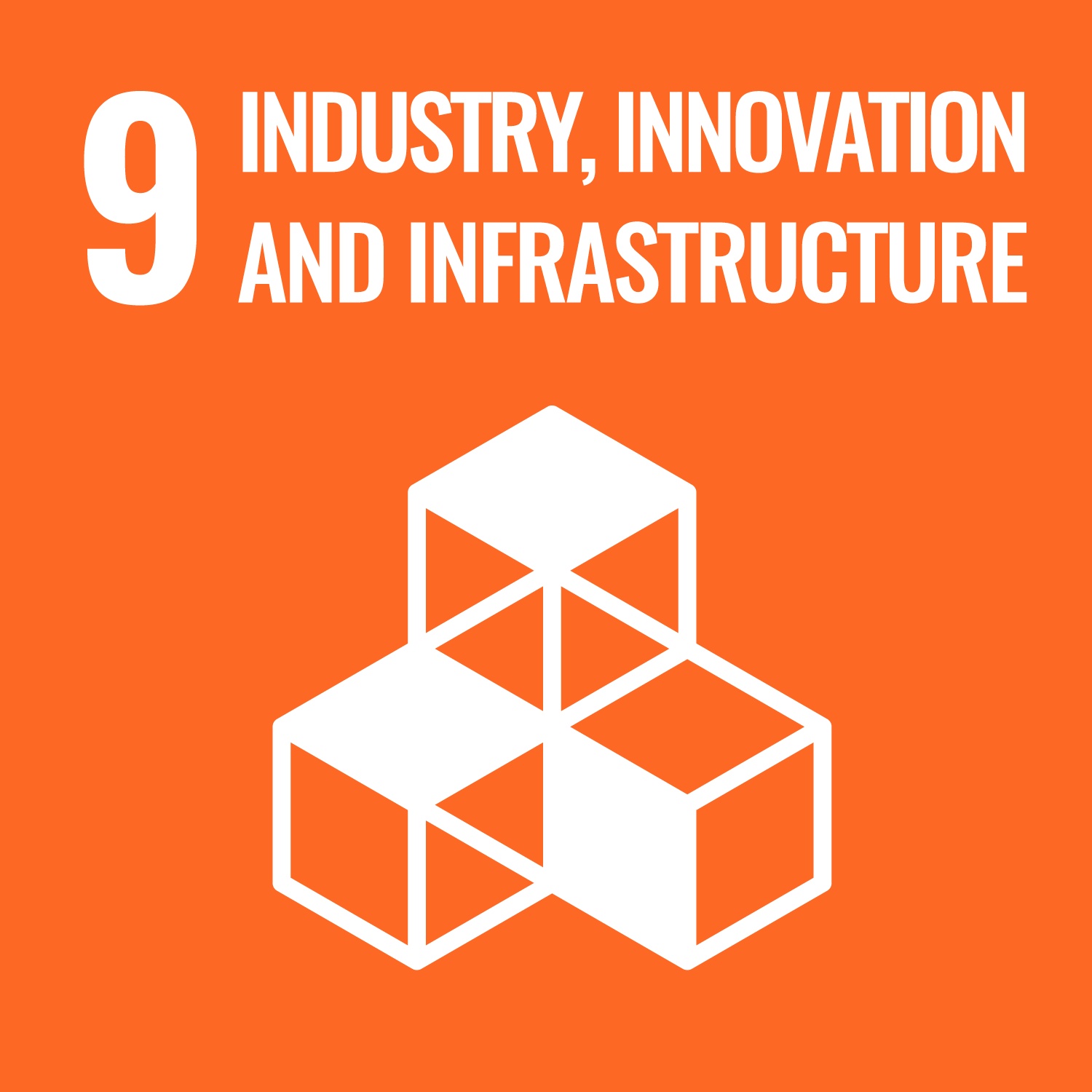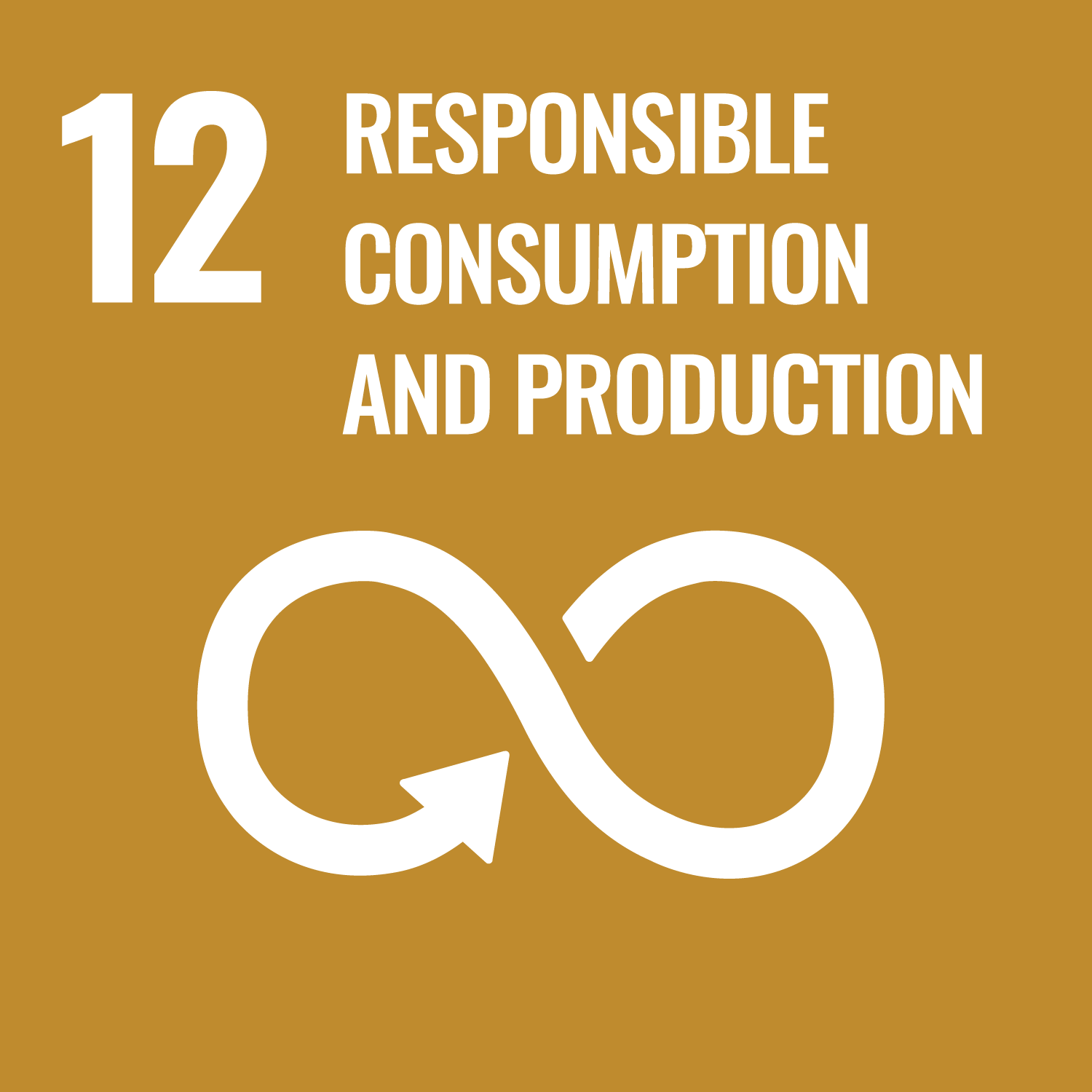In order to achieve carbon neutrality by 2050, decarbonization of the power sector through the large-scale introduction of
renewable energy such as wind and solar power generation is a major prerequisite, and furthermore, the "electrification" of
final energy is an unavoidable important issue. As a result, there is an increasing demand for energy-saving, stable and highly
efficient power supply systems. In this course, you will deepen your understanding of analysis and design methods for power
supply systems based on power electronics technology, and acquire the practical skills to apply them to a variety of applications.
With a focus on power electronics, students will learn how to understand the components of power supply systems and apply
them to a variety of applications, with the aim of utilizing energy more effectively and realizing new functions. Students
will also learn how to communicate their understanding to others in an easily understandable way.
- Understand the overall structure of power electronics and be able to explain the components of power supply systems (Class Schedule 1-6)
- Understand application examples of power supply systems and be able to explain recent trends (Class Schedule 7-13)
- Be able to investigate the latest research on power supply systems, understand the content, and accurately communicate and discuss it with others (Class Schedule 14)
| Report | Presentation | Q&A | Total. | |
|---|---|---|---|---|
| 1. | 30% | 30% | ||
| 2. | 30% | 30% | ||
| 3. | 20% | 20% | 40% | |
| Total. | 60% | 20% | 20% | - |
| Class schedule | HW assignments (Including preparation and review of the class.) | Amount of Time Required | |
|---|---|---|---|
| 1. | The role and fundamentals of power electronics | Reviewing and researching lecture content, and writing a report | 200minutes |
| 2. | Power Semiconductors and Passive Components | Reviewing and researching lecture content, and writing a report | 200minutes |
| 3. | DC-DC conversion, function of L and C | Reviewing and researching lecture content, and writing a report | 200minutes |
| 4. | DC-AC conversion, AC-DC conversion, AC-AC conversion | Reviewing and researching lecture content, and writing a report | 200minutes |
| 5. | Peripheral circuits (gate drive, sensors, control circuits, etc.) | Reviewing and researching lecture content, and writing a report | 200minutes |
| 6. | Analysis method for switching power supplies | Reviewing and researching lecture content, and writing a report | 200minutes |
| 7. | Energy generation and storage | Reviewing and researching lecture content, and writing a report | 200minutes |
| 8. | Application 1: AI and data centers | Reviewing and researching lecture content, and writing a report | 200minutes |
| 9. | Application 2: Mobile devices and mobility | Reviewing and researching lecture content, and writing a report | 200minutes |
| 10. | Wireless Power Transfer 1: Various Methods and Regulations | Reviewing and researching lecture content, and writing a report | 200minutes |
| 11. | Wireless Power Transfer 2: Resonance Phenomenon and Circuit Analysis | Reviewing and researching lecture content, and writing a report | 200minutes |
| 12. | Wireless Power Supply 3: Circuit design and control design | Reviewing and researching lecture content, and writing a report | 200minutes |
| 13. | Wireless power supply 4: Power supply while moving (electric road system) | Review and research of lecture contents | 100minutes |
| 14. | Literature survey and presentation | Literature research related to this lecture and preparation of presentation materials | 300minutes |
| Total. | - | - | 2800minutes |
[Evaluation method] Specific assignments related to achievement goals 1 to 3 will be given and evaluated. Reports for each
class will be evaluated on whether they contain information related to the lecture content. In addition, throughout the lectures,
presentations and discussions of the results of research into the latest research on topics that interest each student will
be evaluated.
Reports (12 times): 60%, presentation: 20%, Q&A: 20%, total score of 60 or more out of 100 will be considered a pass.
[Evaluation criteria] For reports for each class, 60 points will be awarded if they contain information related to the lecture content, and additional points will be awarded if they are written in detail. For the final presentation, 60 points will be awarded if the student is able to explain the researched papers etc. using slides and be able to discuss the content with others.
Reports (12 times): 60%, presentation: 20%, Q&A: 20%, total score of 60 or more out of 100 will be considered a pass.
[Evaluation criteria] For reports for each class, 60 points will be awarded if they contain information related to the lecture content, and additional points will be awarded if they are written in detail. For the final presentation, 60 points will be awarded if the student is able to explain the researched papers etc. using slides and be able to discuss the content with others.
| ways of feedback | specific contents about "Other" |
|---|---|
| Feedback in the class |
Materials are distributed at the beginning of each lecture.
Reference materials:
・Introduction to Power Electronics - From the Basics to Practical Examples - Atsuo Kawamura et al., Corona Publishing
・Modern Power Electronics, Atsuo Kawamura, Mathematical Engineering Publishing
・Wireless Power Transfer by Magnetic Resonance, Takehiro Imura, Morikita Publishing
Reference materials:
・Introduction to Power Electronics - From the Basics to Practical Examples - Atsuo Kawamura et al., Corona Publishing
・Modern Power Electronics, Atsuo Kawamura, Mathematical Engineering Publishing
・Wireless Power Transfer by Magnetic Resonance, Takehiro Imura, Morikita Publishing
It is recommended that you have studied and understood electrical circuits and electromagnetism.
- Questions and consultations will be accepted in the classroom after class. Please use these times as a general rule.
Outside of these times, questions and consultations will be accepted at the Toyosu Campus: Tuesdays 12:30-13:20 @ Research Building, 10th floor I-32.
*If you would like to ask questions or consult outside of class hours, please contact us in advance by email.
- Course that cultivates an ability for utilizing knowledge
- Course that cultivates a basic problem-solving skills
| Work experience | Work experience and relevance to the course content if applicable |
|---|---|
| N/A | N/A |




- 7.AFFORDABLE AND CLEAN ENERGY
- 9.INDUSTRY, INNOVATION AND INFRASTRUCTURE
- 12.RESPONSIBLE CONSUMPTION & PRODUCTION
- 13.CLIMATE ACTION
Last modified : Sat Mar 01 04:07:34 JST 2025
